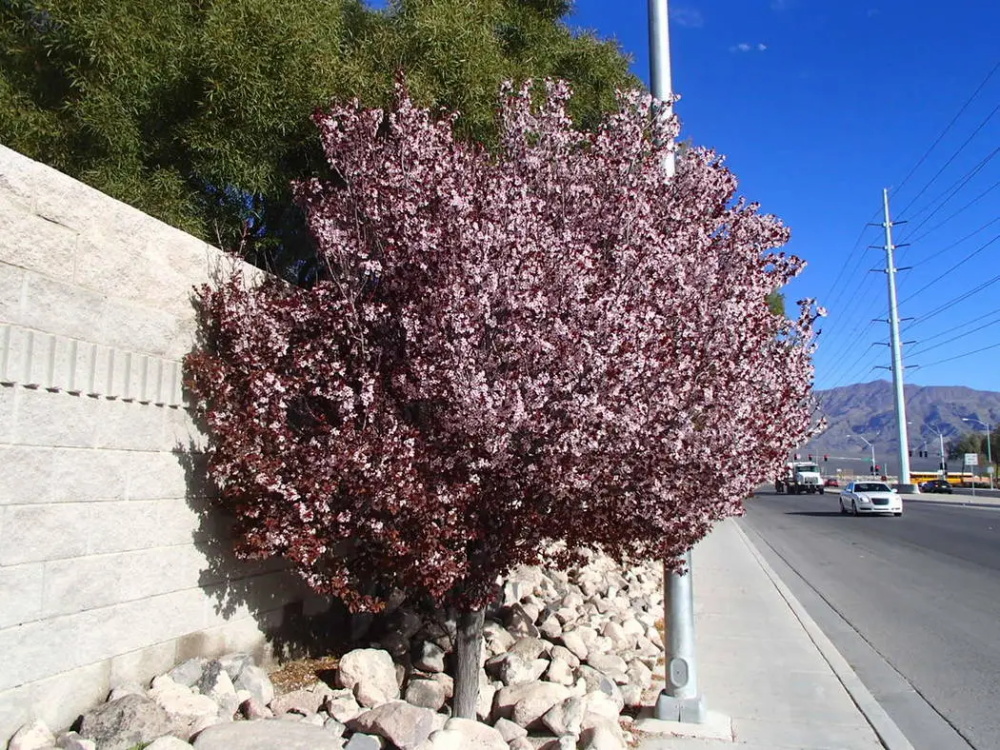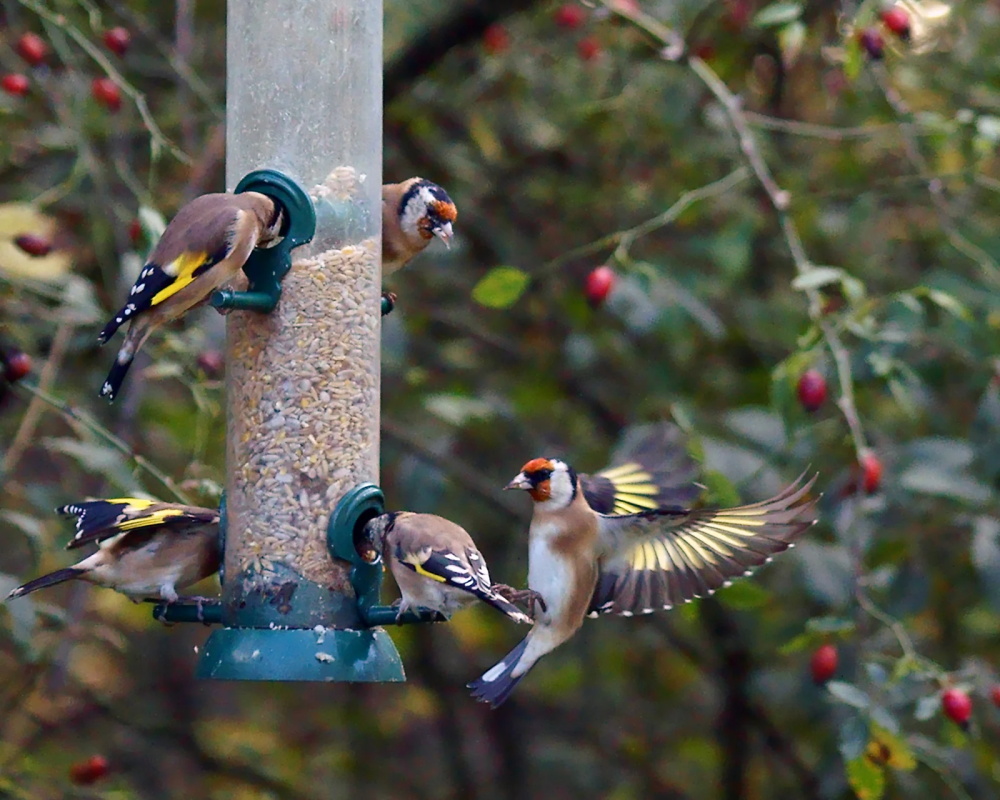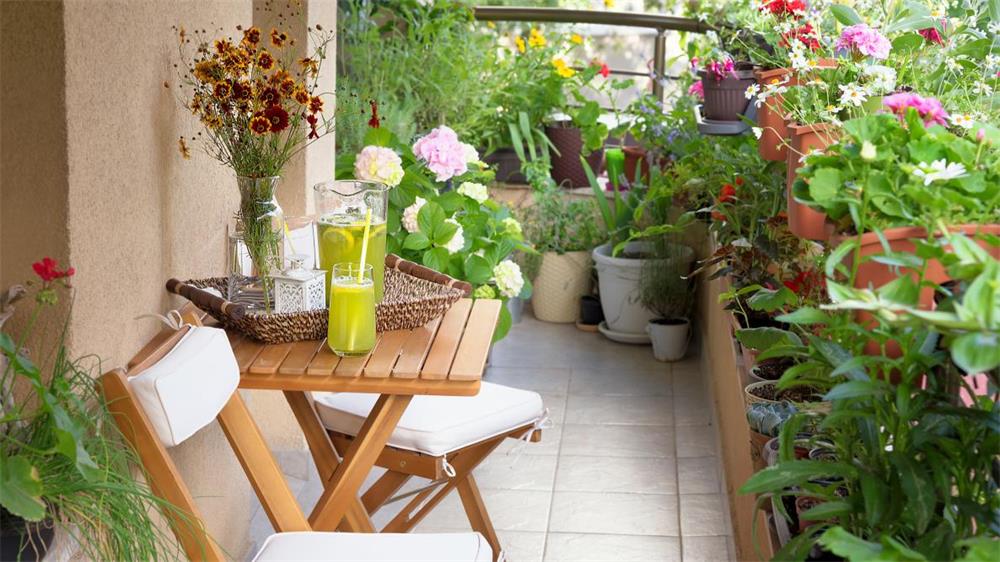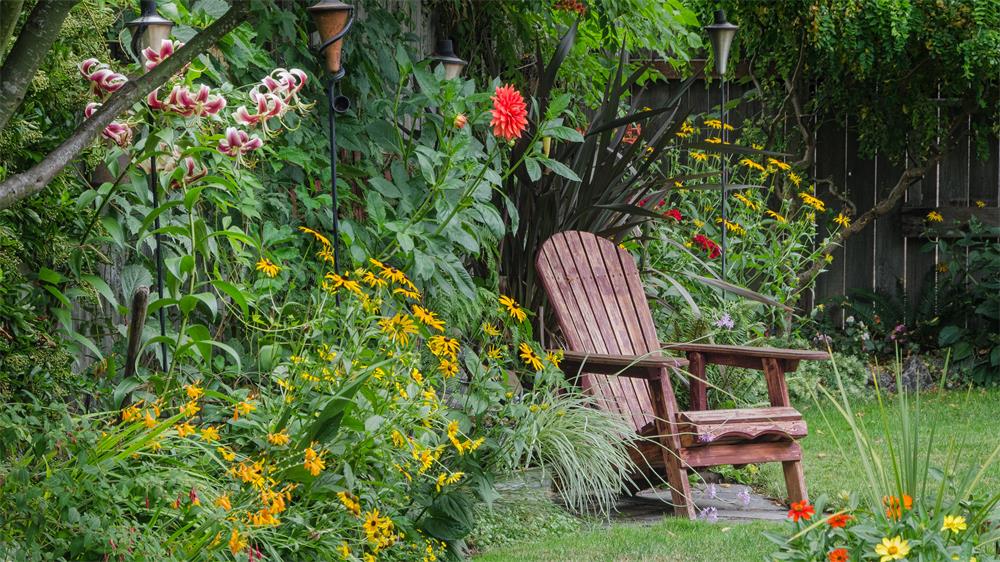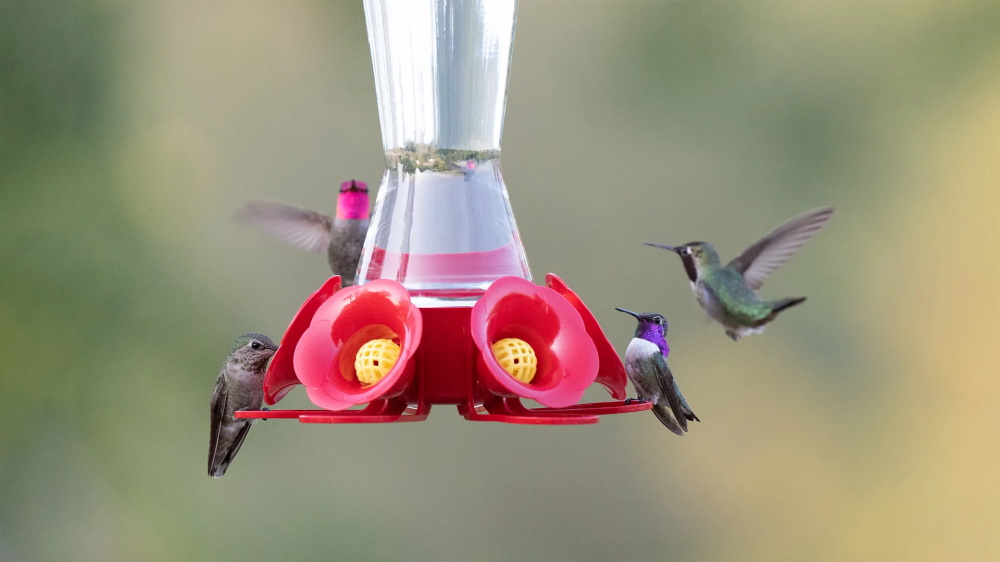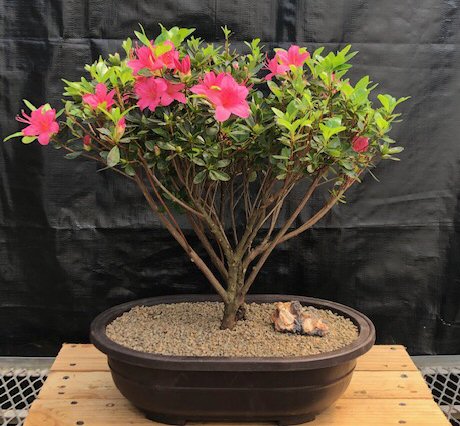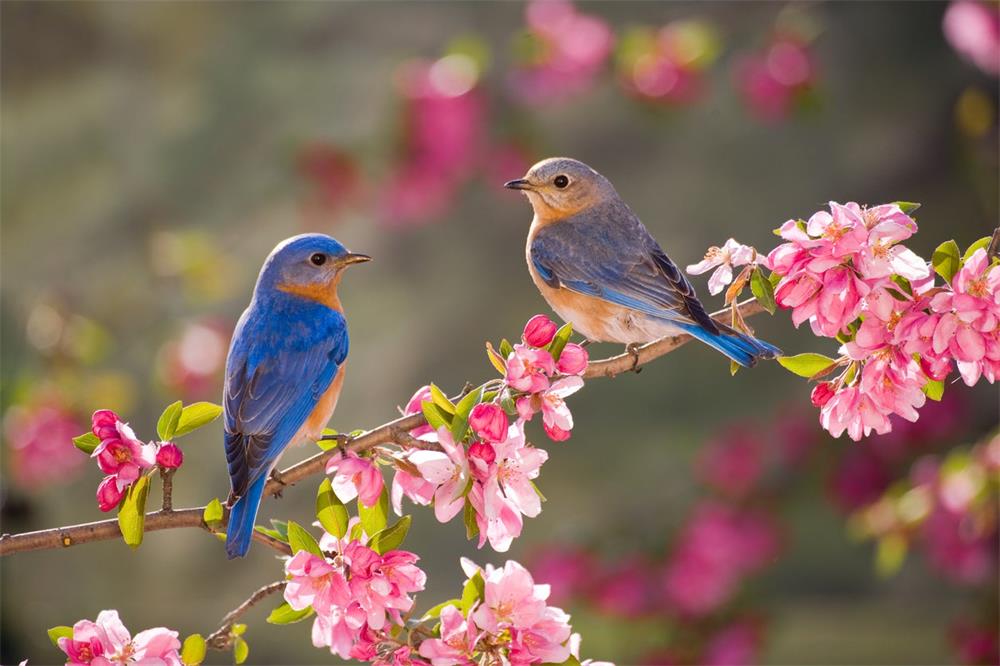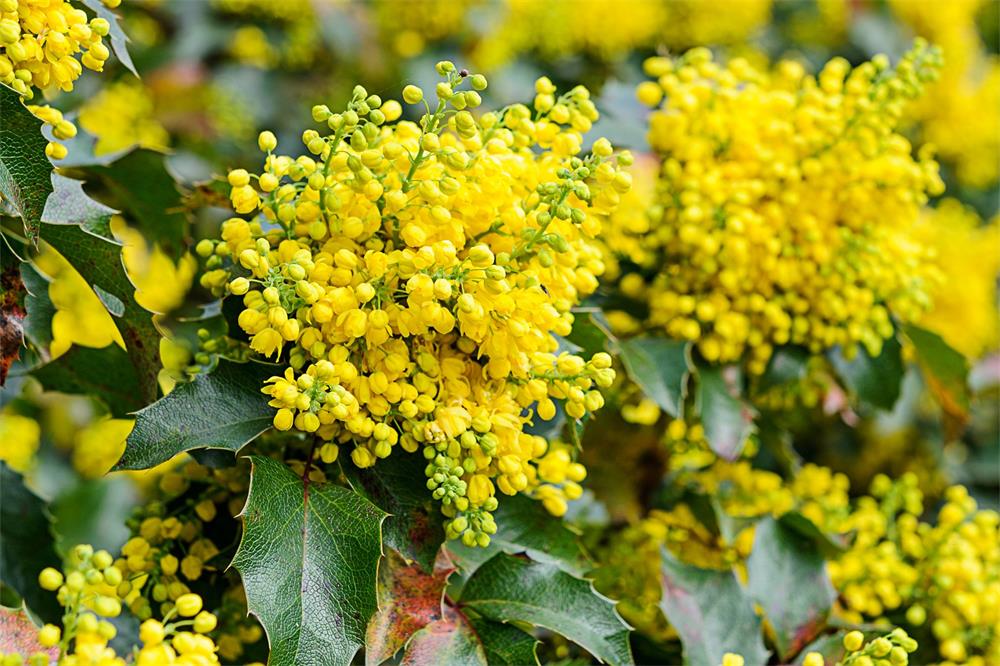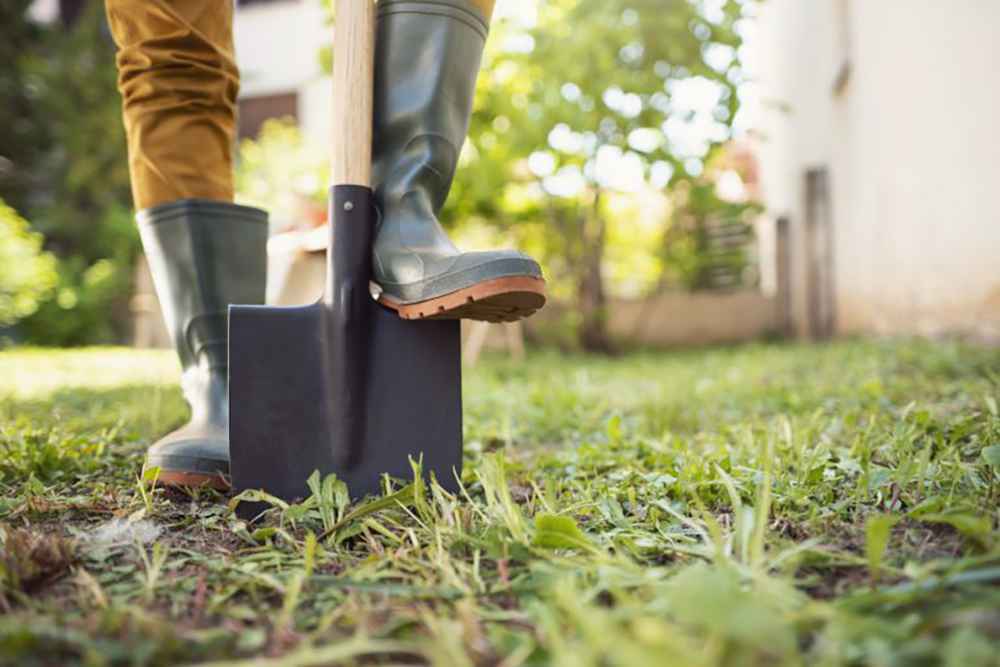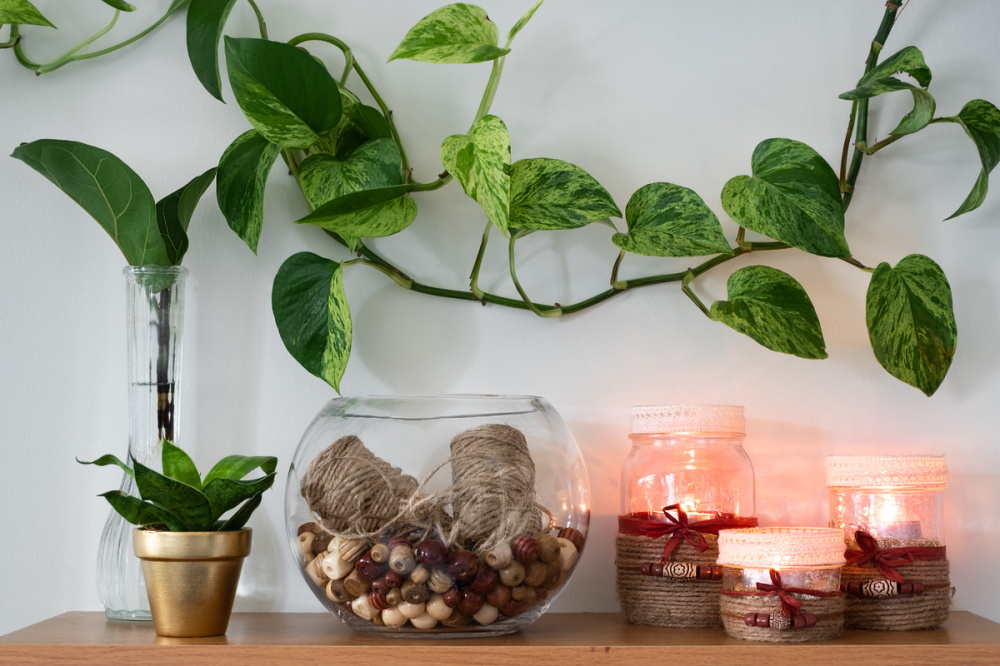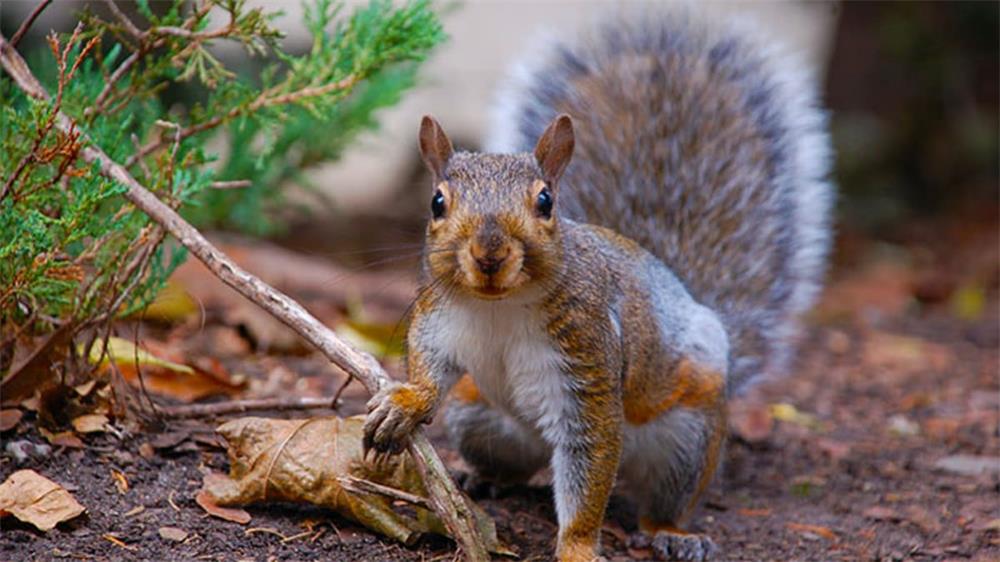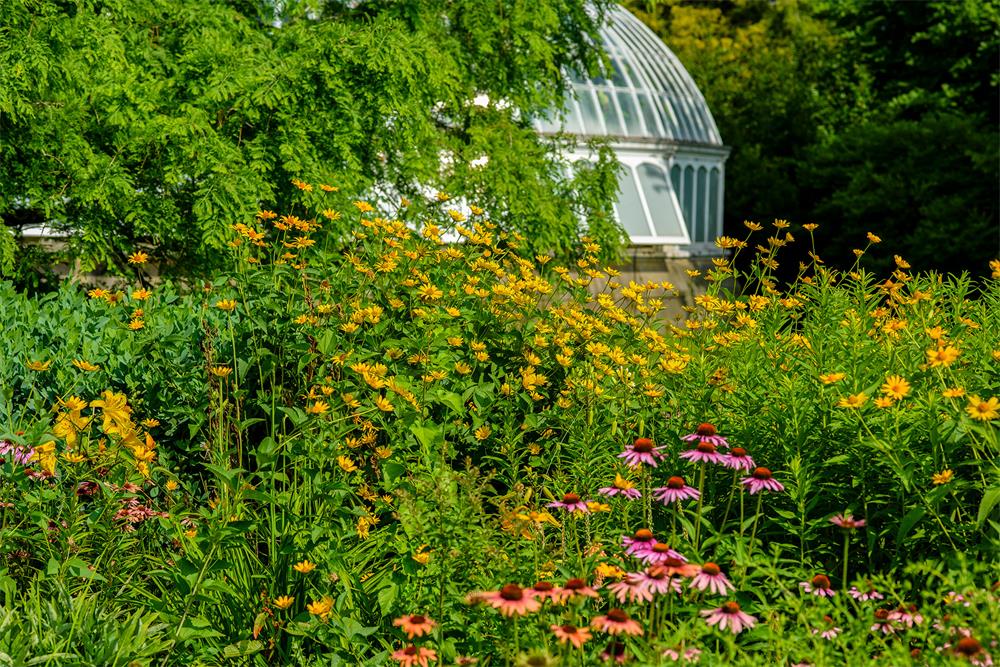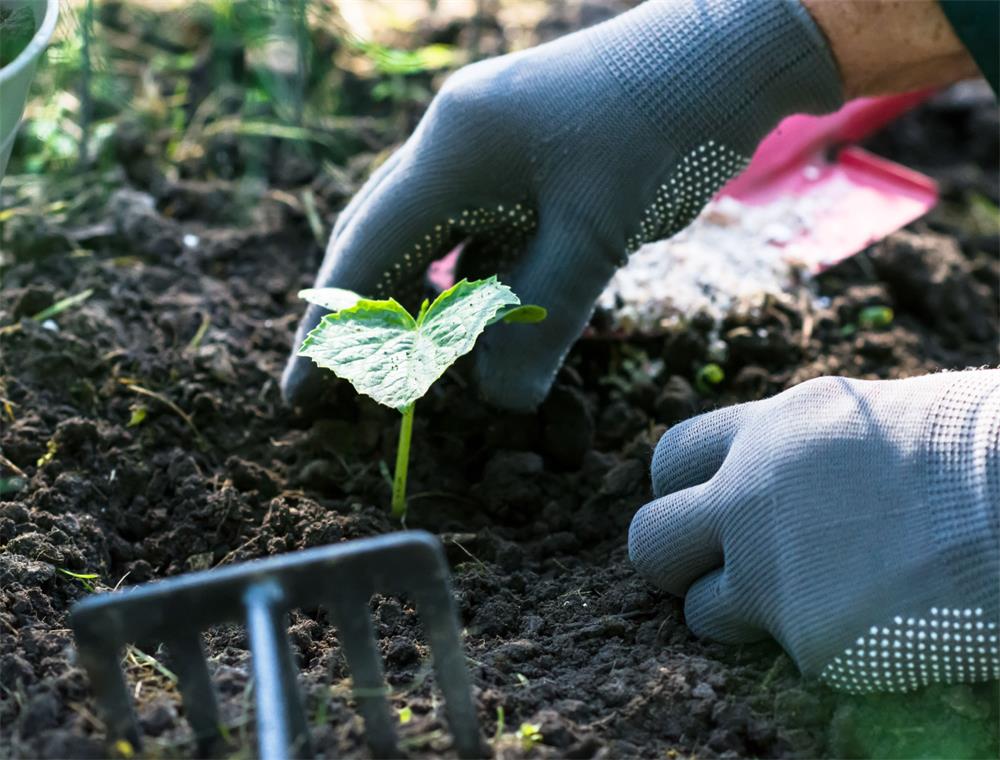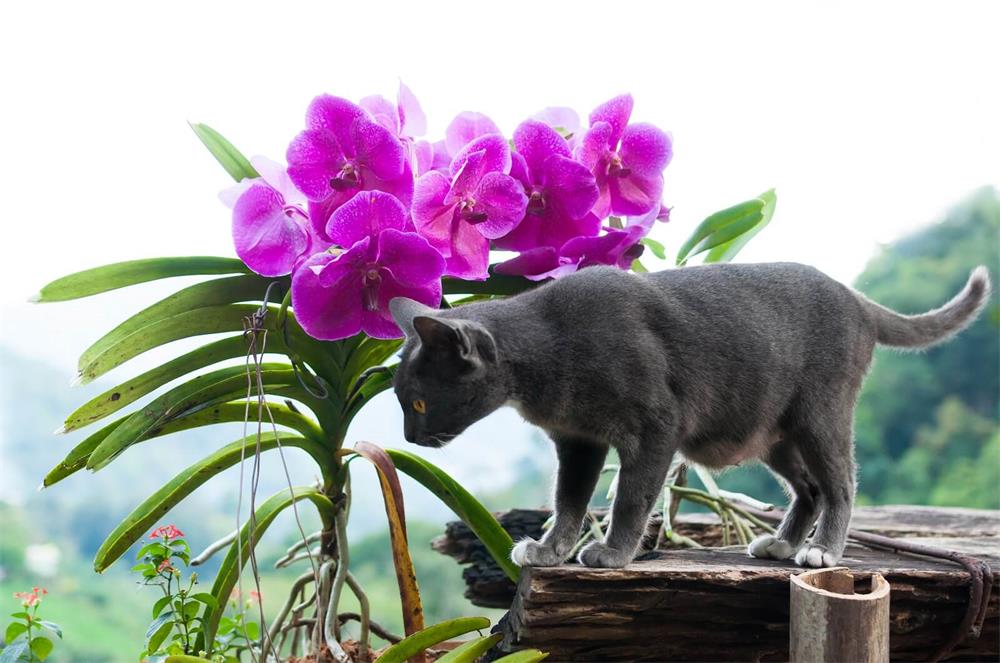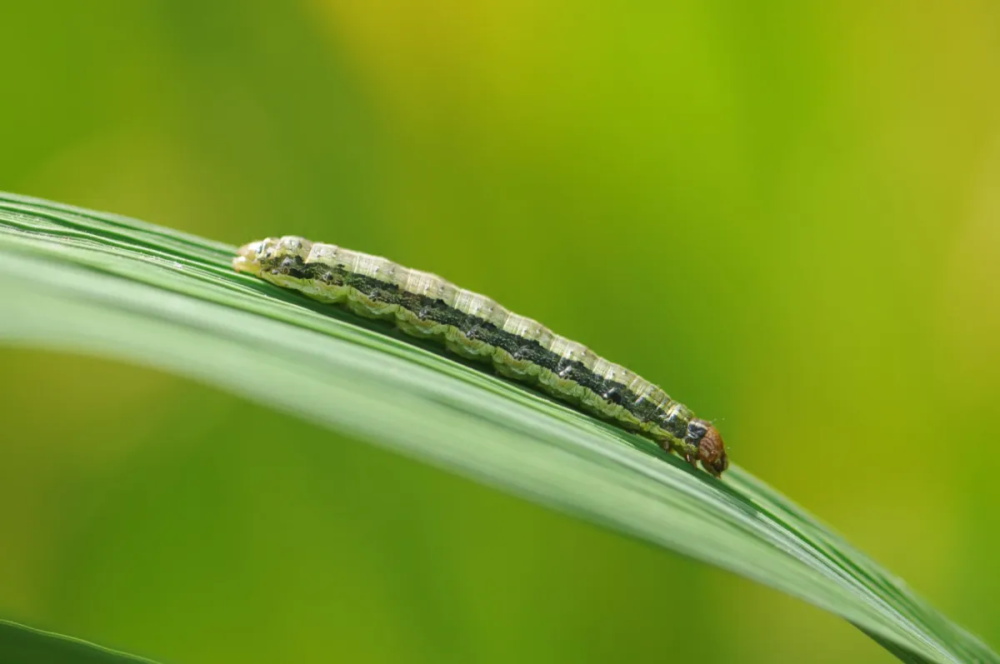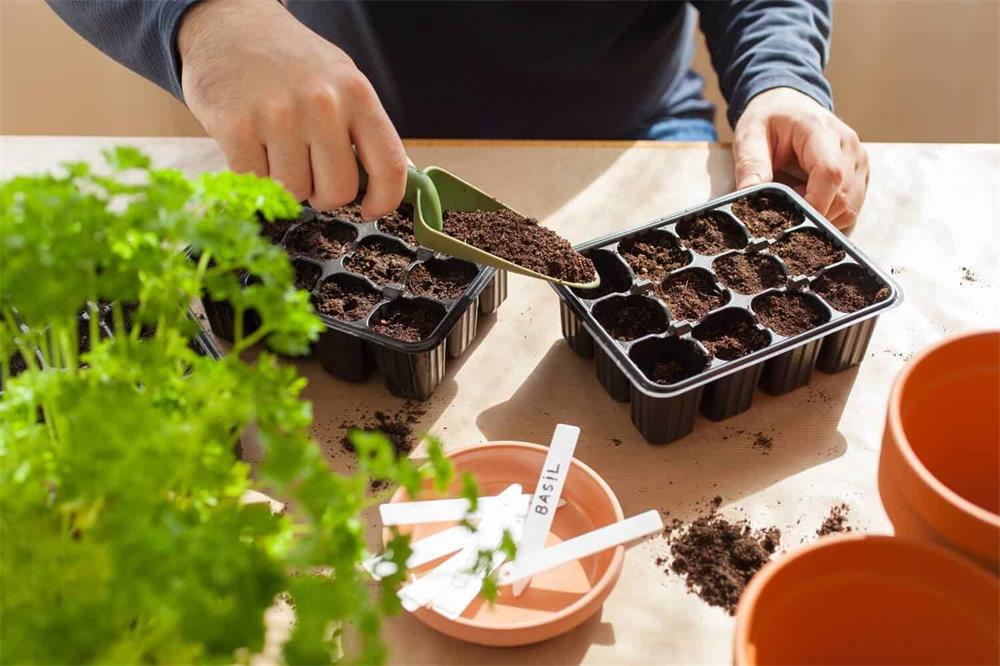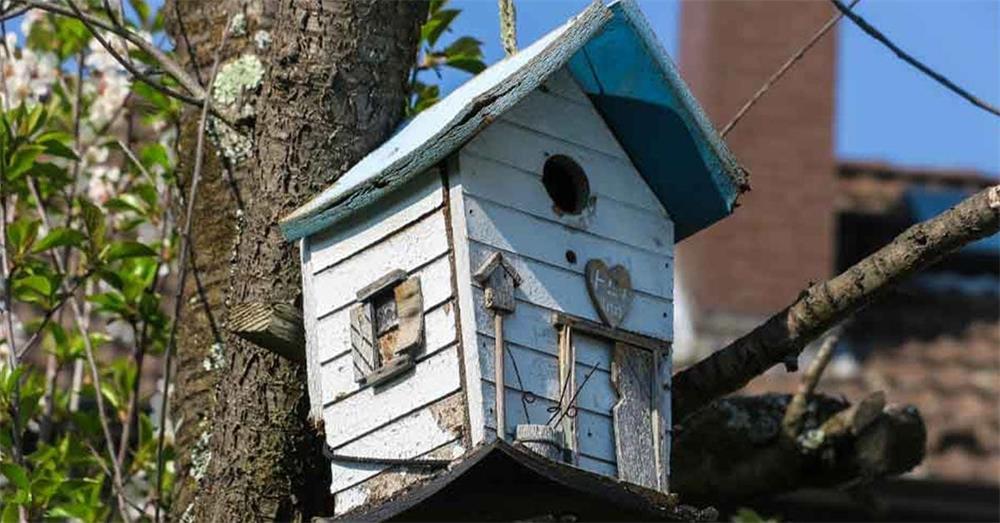
Table of Contents
Birdhouses are a wonderful way to provide shelter and nesting sites for your backyard birds. But sometimes, you may encounter some problems with your birdhouses, such as birds not using them, predators attacking them, or nests getting dirty or infested. Fortunately, there are some easy solutions to these problems that can make your birdhouses more attractive and safe for your feathered friends. Here are some of the most common birdhouse problems and how to fix them.
Birds Don’t Show Interest in My Birdhouses
If you have put up birdhouses in your yard but no birds seem to notice them, it may be because there are no cavity-nesting birds in your area. Cavity-nesting birds are the ones that use holes in trees or other structures to build their nests, such as bluebirds, chickadees, wrens, and woodpeckers. To attract these birds to your yard, you need to provide them with food, water, and shelter that suit their preferences. For example, you can offer sunflower seeds, suet, or mealworms for food; a birdbath or a fountain for water; and shrubs, trees, or brush piles for shelter. As the birds get more comfortable with your yard, they will start to explore the available nesting sites, including your birdhouses.
Another reason why birds may not show interest in your birdhouses is that you have put them up too late in the season. Some birds start nesting as early as late winter or early spring, so if you wait until the flowers bloom to hang your birdhouses, you may miss the first wave of nesters. However, some birds may nest multiple times in a season, so they may still use your birdhouses for their later broods. To increase your chances of attracting nesting birds, you should put up your birdhouses by late winter or early spring.
Birds Choose Other Places to Nest
If you see birds nesting in other places in your yard but not in your birdhouses, it may be because your birdhouses are not suitable for their needs. Different bird species have different preferences for the size, shape, and design of their nesting cavities. For example, bluebirds like houses that have a floor area of 4 x 4 inches and an entrance hole of 1.5 inches in diameter; wrens like houses that have a floor area of 4 x 4 inches and an entrance hole of 1 to 1.25 inches in diameter; and woodpeckers like houses that have a floor area of 6 x 6 inches and an entrance hole of 2 to 2.5 inches in diameter. To attract the specific bird species that you want to nest in your birdhouses, you should choose or build houses that match their dimensions and entrance hole sizes.
Another factor that affects the suitability of your birdhouses is where you mount them. Different bird species nest at different heights and prefer different types of mounting locations. For example, bluebirds like houses that are mounted on poles or fence posts at 4 to 6 feet above the ground; wrens like houses that are hung from trees or shrubs at 5 to 10 feet above the ground; and woodpeckers like houses that are attached to tree trunks at 10 to 20 feet above the ground. To make your birdhouses more appealing to the birds in your yard, you should mount them at the appropriate heights and locations.
Birds Don’t Reuse Old Nests
If you notice that birds don’t reuse old nests in your birdhouses, it may be because they prefer to build fresh nests for each brood. Most songbirds will not reuse old nests, though they may recycle some of the nesting material for their new nests. Old nests can harbor parasites, diseases, or predators that can harm the eggs or chicks of the new brood¹. Therefore, it is best to clean out your birdhouses after every brood has fledged so that they are ready for another pair of nesting birds to use. To clean out your birdhouses, you should wear gloves and a mask and remove all the old nesting material from the house. You can also scrub the inside of the house with a solution of one part bleach and nine parts water to disinfect it³. Then let the house dry completely before closing it up.
Predators Attack My Birdhouses
If you find that predators such as cats, raccoons, snakes, or squirrels attack your birdhouses, it may be because your birdhouses are not well-protected. Predators can pose a serious threat to the eggs and chicks of nesting birds, so you should take steps to deter them from your birdhouses. One way to do this is to add safety features such as baffles or guards to your birdhouse poles or trees. Baffles are cone-shaped or cylindrical devices that prevent predators from climbing up to the birdhouses; guards are metal or plastic covers that prevent predators from enlarging the entrance holes or reaching inside the birdhouses. Another way to protect your birdhouses is to remove any perches that may be attached to them. Perches can make it easier for predators to access the birdhouses, and they are not necessary for most cavity-nesting birds. Additionally, you should make sure that your birdhouses have proper drainage and ventilation holes to prevent moisture buildup and overheating, which can also harm the nesting birds.
Another important step to protect your birdhouses from predators is to keep cats indoors and discourage feral cats and other unwanted visitors from your yard. Cats are one of the biggest killers of wild birds, and they can easily reach birdhouses that are mounted too low or too close to fences or buildings. You can keep cats away from your yard by removing any food sources that may attract them, such as pet food bowls or garbage cans; spraying them with water or using motion-activated sprinklers; or using repellents such as citrus peels, coffee grounds, or cayenne pepper. You can also contact your local animal shelter or humane society for advice on how to deal with feral cats in your area.
Conclusion
Birdhouses are a great way to help your backyard birds and enjoy their company. But they can also come with some challenges that may discourage you or the birds from using them. By following these tips, you can solve some of the most common birdhouse problems and make your birdhouses more attractive and safe for your feathered friends.



